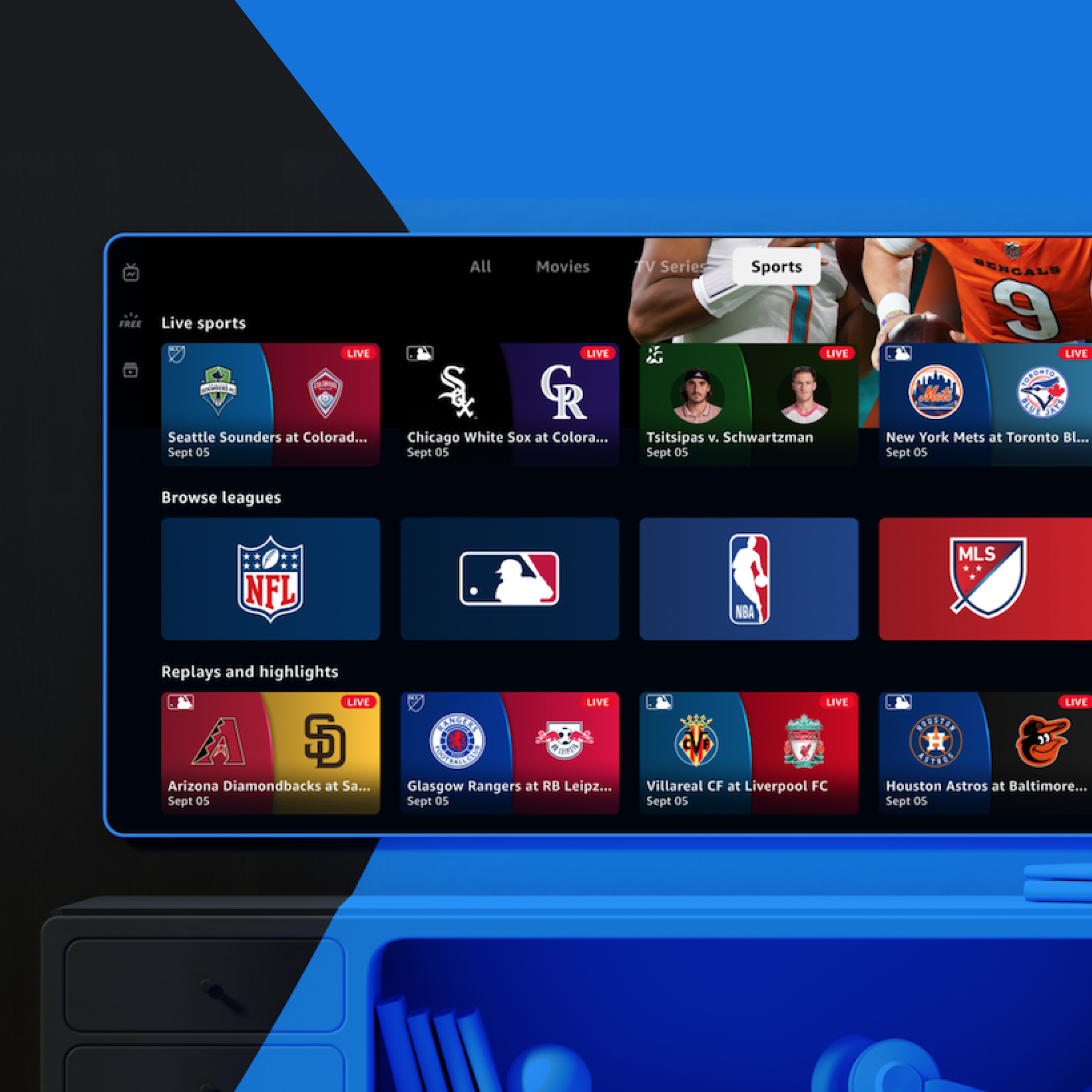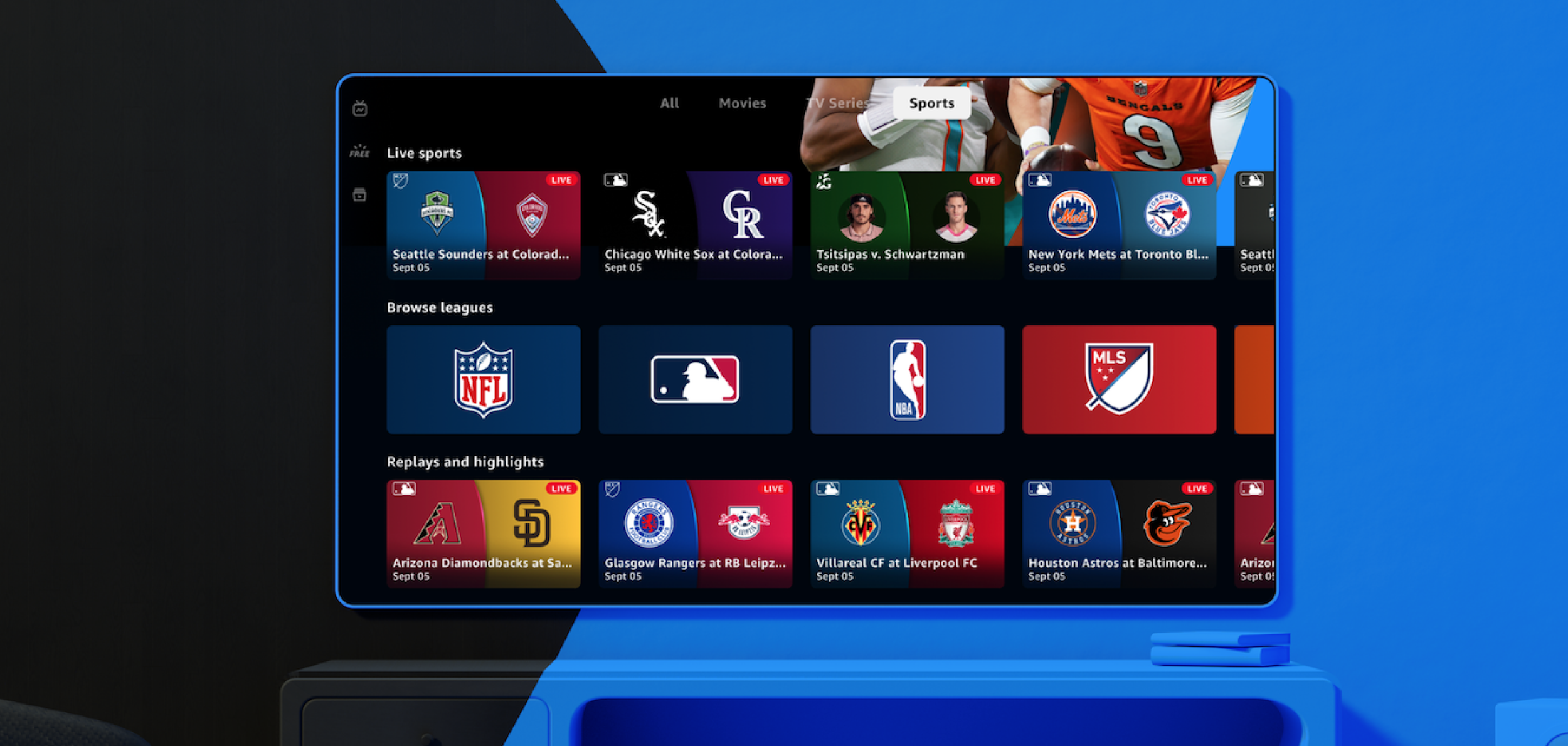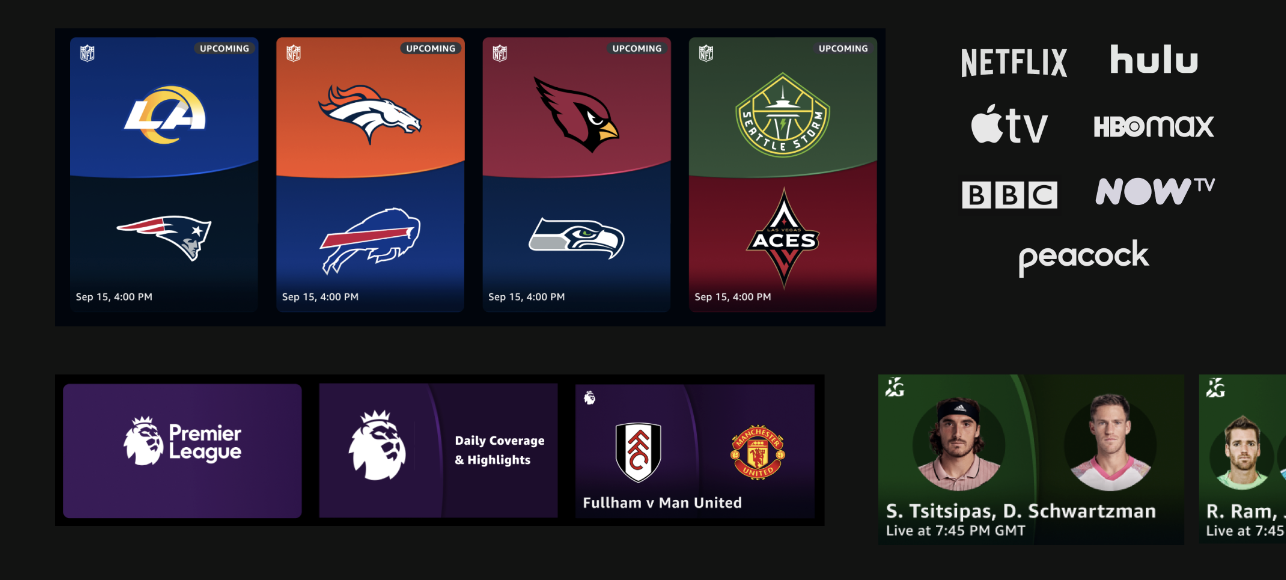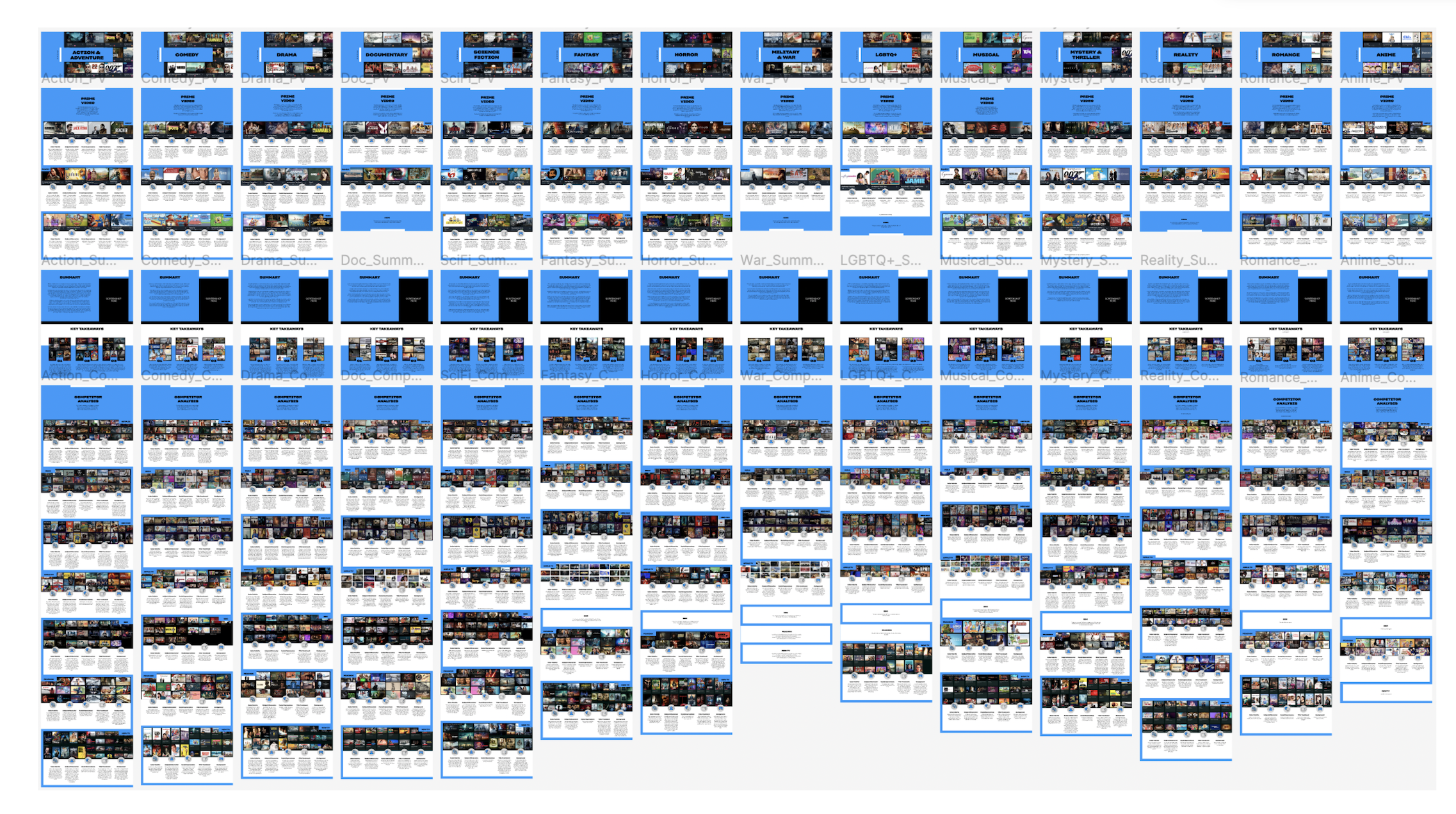
Streaming Service Design System
Quarterly academic journal Ethics Review had a cover story about the term “trigger warning” and its effect on universities nationwide. Primarily used by millennial media outlets and blogs, the cautionary phrase made its way into undergrad and even grad level syllabi.
This project’s client and certain details are confidential. Please reach out for more information.

Multi-faceted visual design direction including development and application of design system, a re-frame of system guidelines, and research and analysis for utilizing machine-learning within the project space.
Visual Design, Punchcut for streaming client, 2022-2024Guideline Process
This project was based in a dynamic and flexible relationship with the client, and spanned multiple varying directions. The work was initially rooted in a general update and rework of the client’s pre-existing brand guidelines, as well as updating their current assets to align with our new designs. Because of the vastness of the client and their products, the guidelines had to cover broad brand design work as well as specific sub-genres. Design updates ranged from visual elements and color treatment, to an overall typography update, to photographic direction and rule sets.

The overall design guidelines for this client are confidential, but some examples of how the guidelines were applied to a subgenre can be shared. This project was an intensive balance of information and visual identity. With the nature of streaming services, varying amounts of information must be visible within the small frame of a thumbnail for any given piece of media. We had to first decide what pieces of information were most vital for each specific form of media, and then we had to visually present this in the form of a media thumbnail, specific text caption, or elsewhere in the hierarchy of the product.
Genre Analysis Process
Because our relationship with this client was quite flexible, another large portion of this project was a massive genre analysis. After forming a highly specific set of guidelines, questions to answer, and findings to seek, our team embarked on a scrutinizing analysis of the current state of 14 different genres of media. Our research included detailed notes and observations, as well as visual examples to coincide with our learnings. We essentially captured the current state of how genres are visually treated, and crafted a new rule set to improve their current state. The purpose of this was to gather our learnings and compile them so that they could be used in a machine learning project. The details of the machine learning project are confidential, but it essentially revolved around automating the specific visual processes we laid out for it to follow.

I cannot emphasize how information-dense this analysis was!


